News
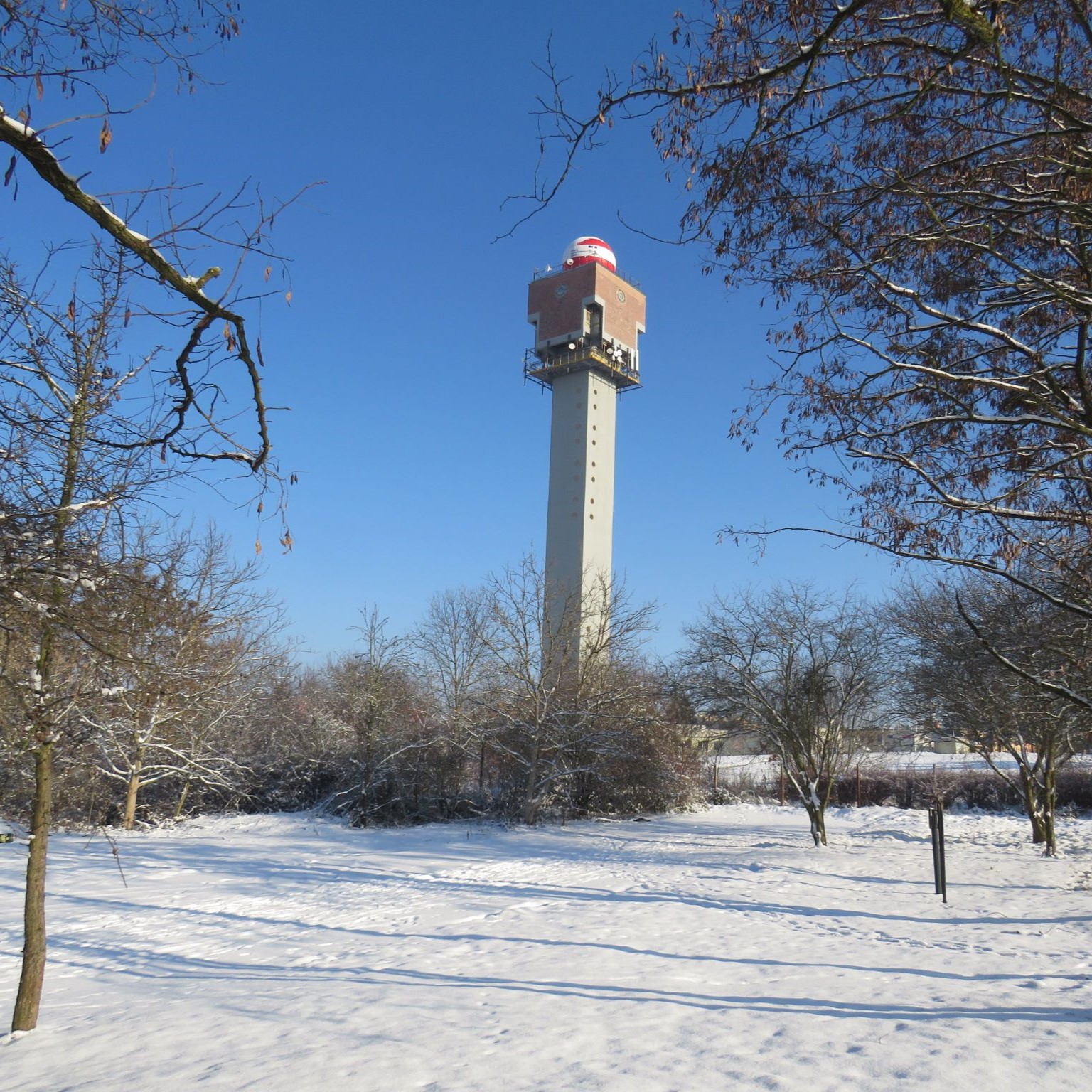
|
What's raining not only in our backyards?The chemical composition of atmospheric precipitation has a significant impact on many natural processes with ultimate consequences for the entire ecosystem. Massive forest mortality due to acid rain is just one of many examples. Knowing the precipitation composition therefore gives us important insights into the potential consequences for our environment, including the possibility of choosing appropriate measures. A team of experts led by Iva Hůnová from the Institute for Environmental Studies, Faculty of Science, Charles University, recently published interesting results in the journal Chemosphere on the long-term evolution of the chemical composition of precipitation in Czechia over the last 40 years. Published Apr 15, 2024 |
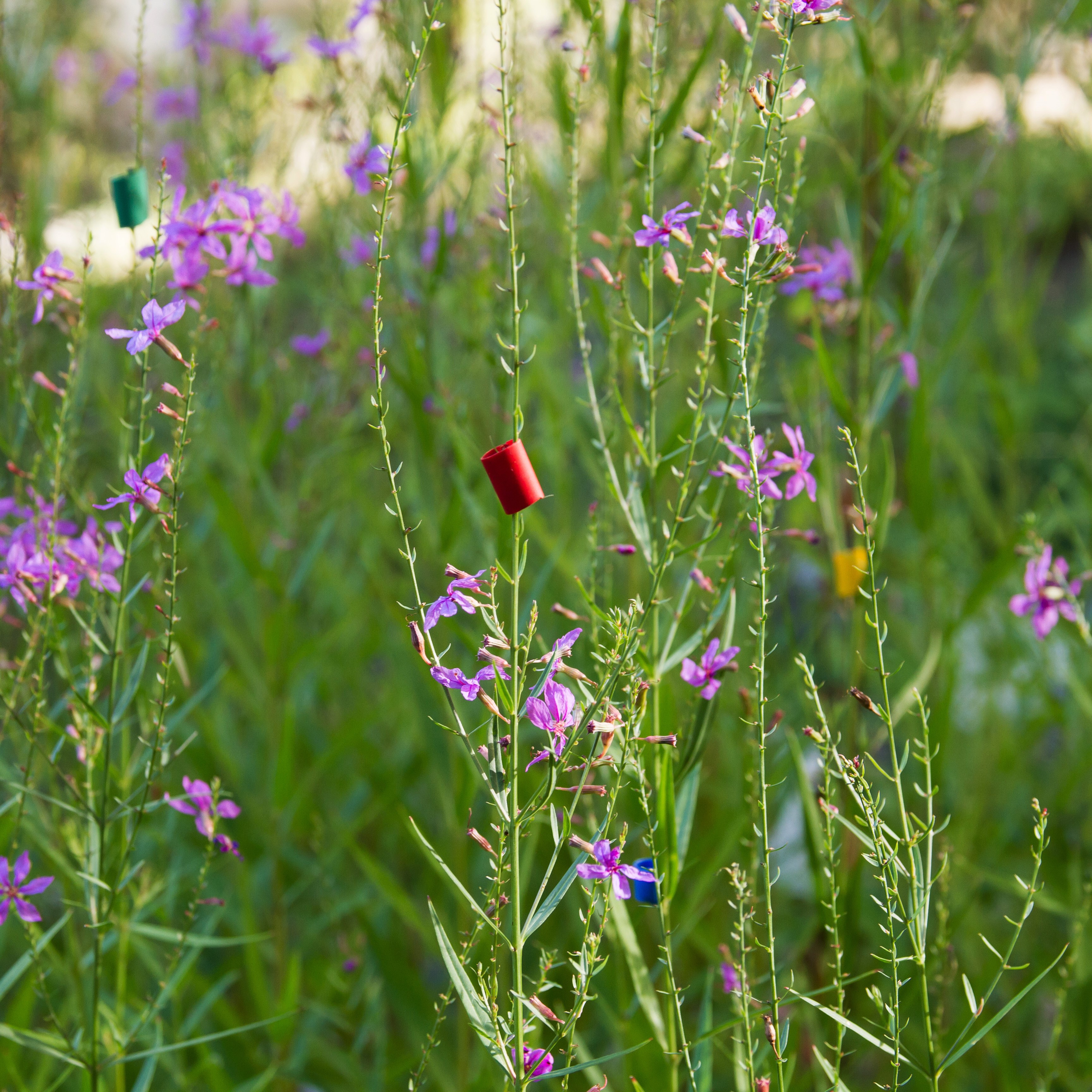
|
What influences the season length of perennial herbs?As all other organisms, plants must be also able to adapt to the conditions of the environment, where they live. However, their surroundings still change, whether it is a one-time change or a periodic (seasonal) change. That is why plants must adjust the length of their activity (active season) to these changes. The length of the active season depends on many factors and differs between different species of plants. How long is the season of different species and on what does it depend? This question was asked by Tomáš Koubek, Tereza Mašková, and Tomáš Herben from the Department of Botany, Faculty of Science, Charles University. Published Feb 20, 2024 |
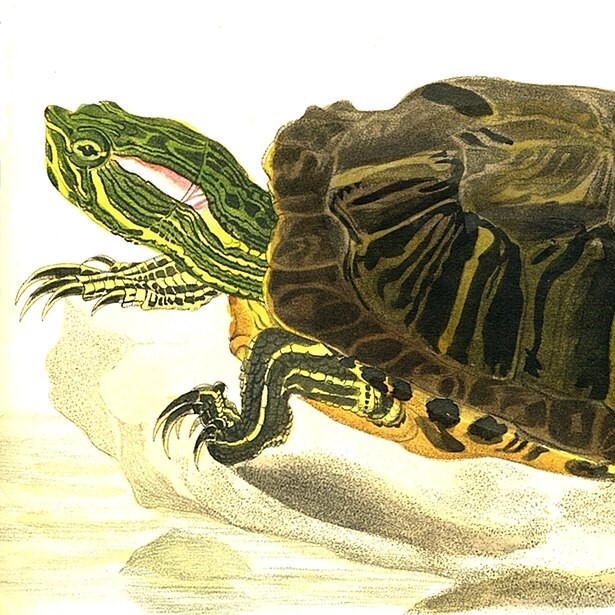
|
Primordial Germ Cells, New Stars of Turtle Sex DeterminationAn individual red-eared slider’s gonadal sex is largely determined by environmental temperature during its embryonic development. Males hatch from eggs incubated at low temperatures, while incubation at high temperatures gives rise to females. The current model of temperature-dependent sex determination (TSD) in this turtle is centred around supporting cells of the gonad. A team of researchers, including Barbora Straková from the Department of Ecology, Faculty of Science, focused on the role of primordial germ cells in turtle TSD. Their results were now published in Current Biology. Published Feb 20, 2024 |
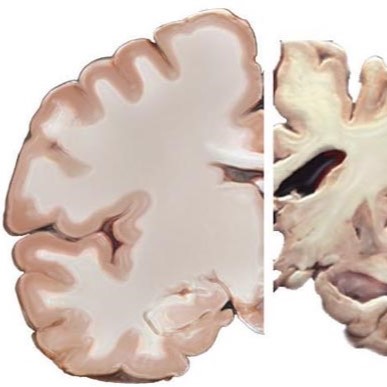
|
On the track of Alzheimer's diseaseAlzheimer's disease - a forgetful disease. This yet untreatable disease, which disrupts the proper functioning of the brain, is currently the most common cause of dementia. In a recent study, Czech scientists have tried to uncover the possible cause of this disease. Tomáš Macháček from the Department of Parasitology at the Faculty of Science, Charles University has also contributed to the search for the mechanism of this disease, especially with his knowledge of infectious biology and immunology. Published Feb 20, 2024 |
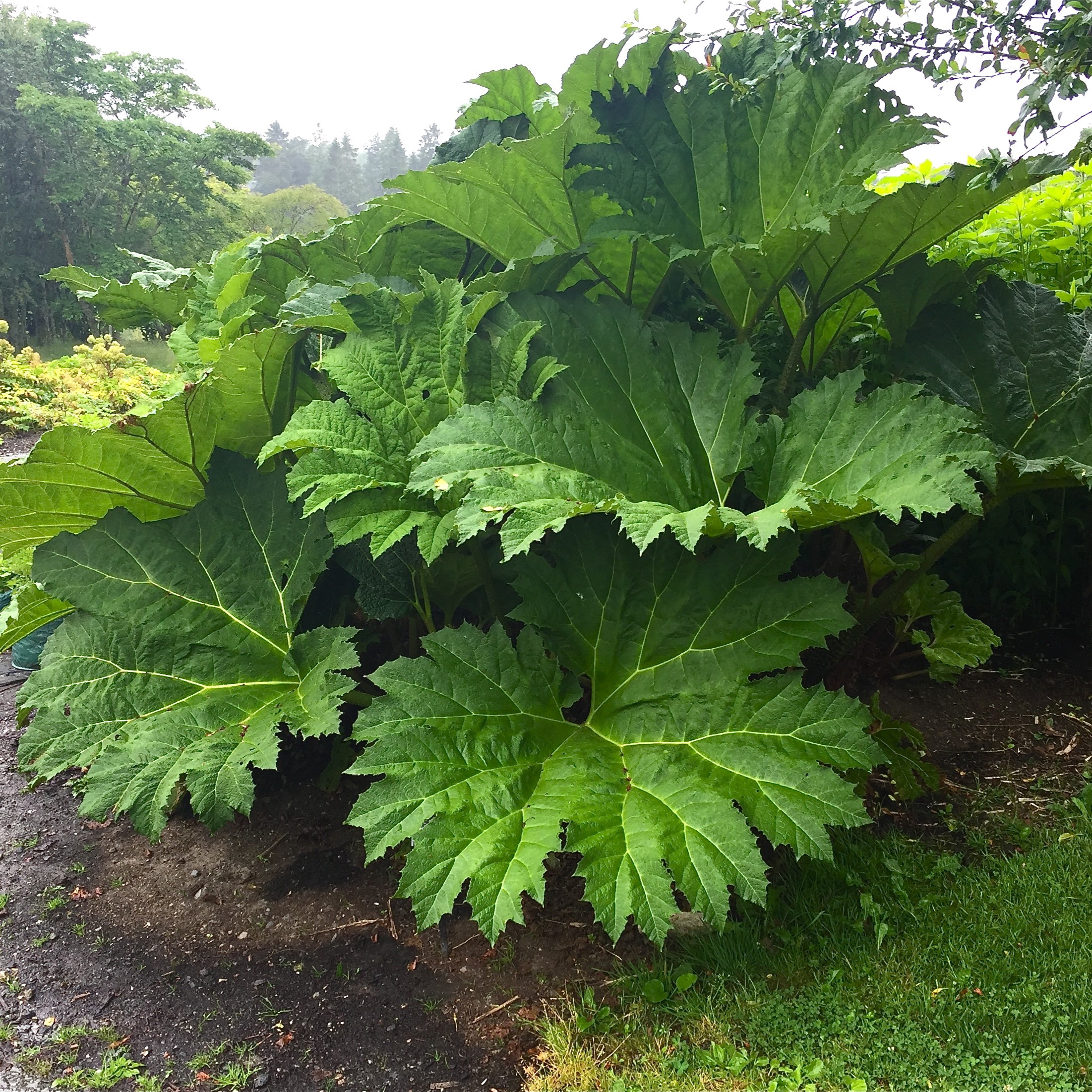
|
The consequences of plant invasions depend on the individual speciesInvasive alien plants have a major impact on native plant communities and have a negative impact on overall biodiversity. A team of botanists, led by Margherita Gioria from the Botanical Institute of the Academy of Sciences, took a closer look at how two of the most successful invasive plants affect the surrounding environment. Petr Pyšek from the same institute and the Department of Ecology at the Faculty of Science, Charles University also contributed significantly to this research. Published Feb 12, 2024 |
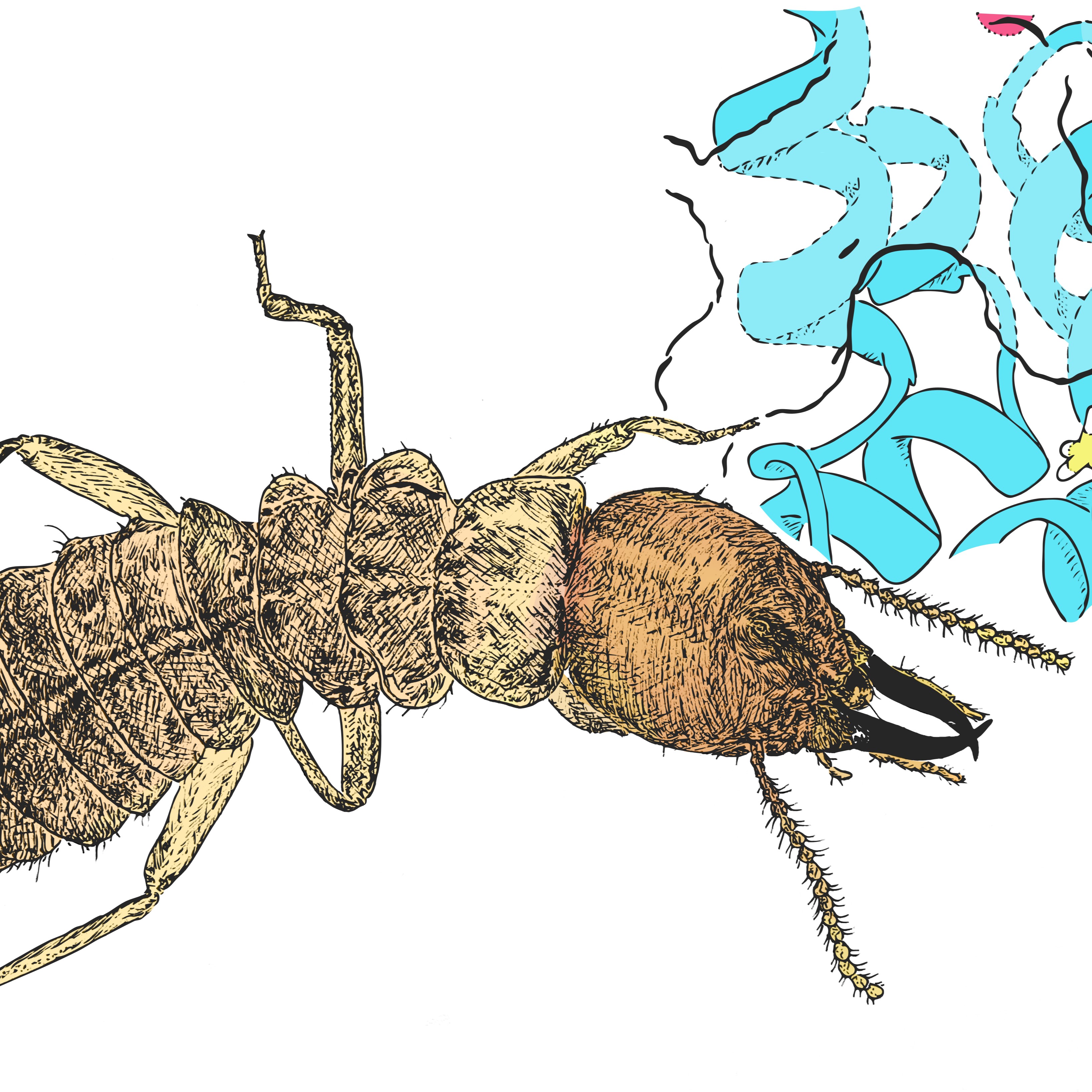
|
Biochemical Basis of Termite Ecological SuccessSymbiotic bacteria and protists aid their wood-feeding termite hosts by breaking down cellulose or fixing atmospheric nitrogen. However, the symbionts cannot fully supply the termites with a sufficient amount of some essential nutrients, such as fatty acids. A research team led by Robert Hanus (Chemistry of Social Insects research group, IOCB Prague) and including researchers from the Faculty of Science, studied the evolution of linoleic acid biosynthesis in termites and cockroaches. De novo biosynthesis of this essential fatty acid probably allowed the cockroach ancestors of termites to take advantage of a nutrient-poor, but extremely abundant dietary resource: wood. As such, it helped pave the way for the ecological success of termites as crucial decomposers of plant biomass. The team’s results were now published in Molecular Biology and Evolution. Published Feb 05, 2024 |

|
What can tears tell us?Vision is one of the most important senses and its disorders, especially glaucoma, significantly affect the quality of life. Various methods are used in medical practice to diagnose eye diseases. Currently, the examination of biomarkers (molecules indicating the state of the organism) in tears is another potential diagnostic and prognostic method. Dominika Mravec Bencúrová and Pavlína Daňková from the Laboratory of Molecular Anthropology at the Department of Anthropology and Human Genetics, Faculty of Science, Charles University, investigated the possibility of using cytokines in tears for these purposes. Published Jan 29, 2024 |
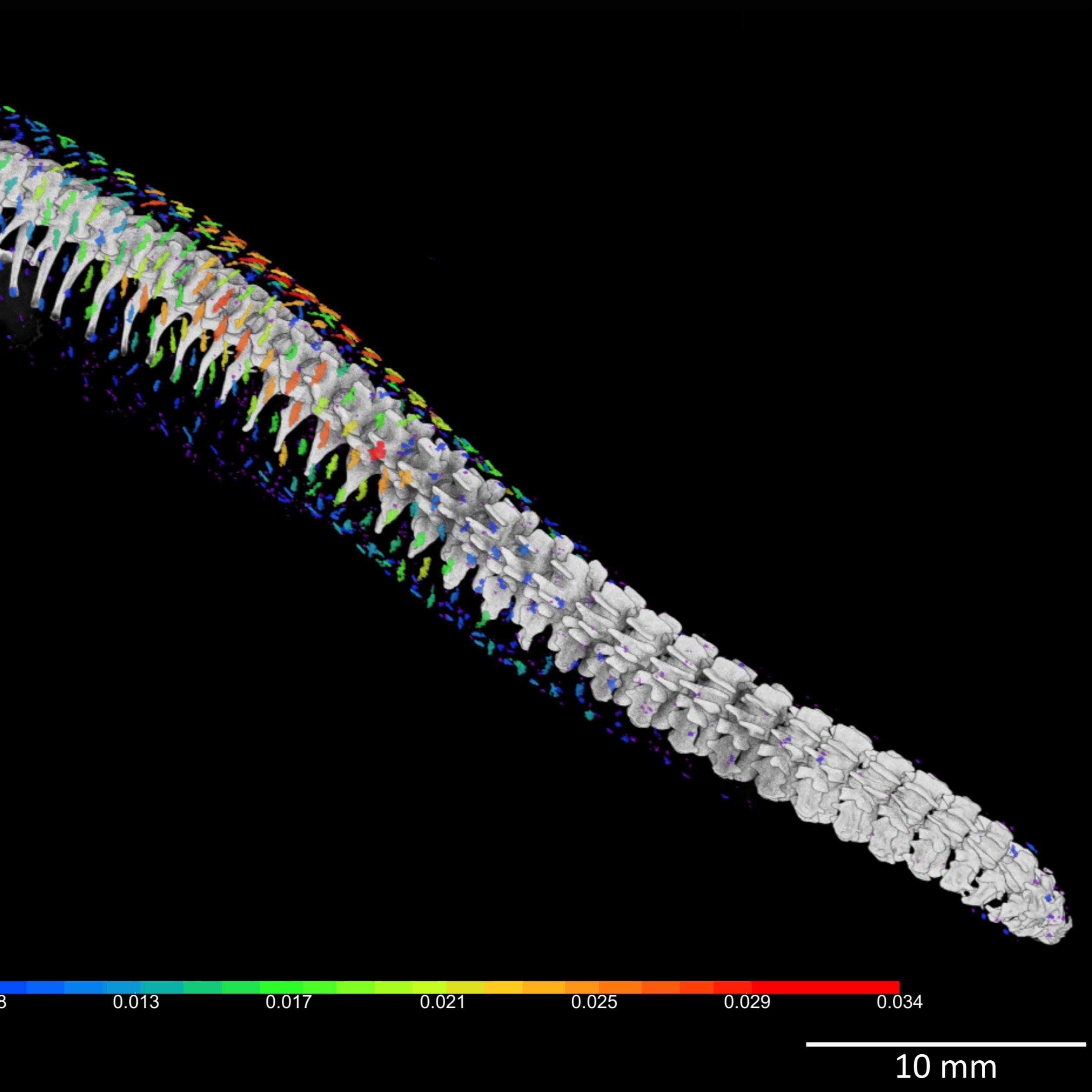
|
About armoured snakesWhen we mention bony plates found in the skin of vertebrates, you probably think of armoured prehistoric dinosaurs. However, it now appears that such structures are also common in large reptiles – Squamata. Nevertheless, they have never been described in snakes. Since this group is very diversified, a team of experts led by Petra Frýdlová and Daniel Frynta from the Department of Zoology at the Faculty of Science, Charles University decided to focus on this group Published Jan 23, 2024 |
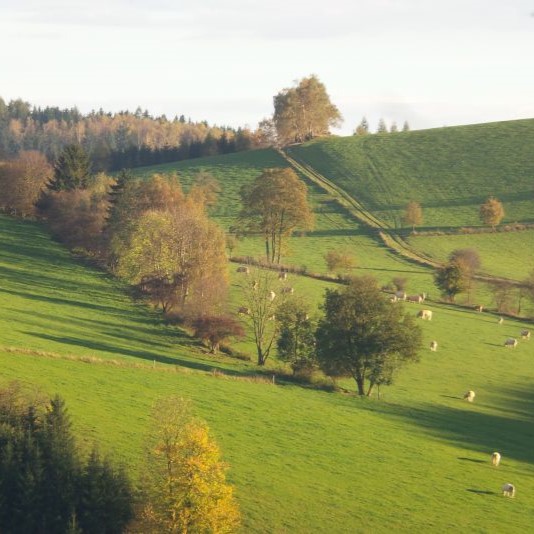
|
30 years of Czech landscape – 30 years of changesThe landscape of Czechia has undergone a considerable change during its independence. Where sheep grazed once, today we find fields. Where used to be fields, today we find forests. Where used to be forests, we might even live there today. How has the Czech landscape changed since the fall of communism? How do the ways in which we use the land relate to the evolution of our society and the changes associated with it? Towards what form is the Czech landscape heading? Not only these question were answered by Petra Grešlová from CENIA (CENIA – Czech Environmental Information Agency), Josef Laštovička, and Přemysl Štych from the Department of Applied Geoinformatics and Cartography at the Faculty of Science of Charles University. Published Jan 15, 2024 |
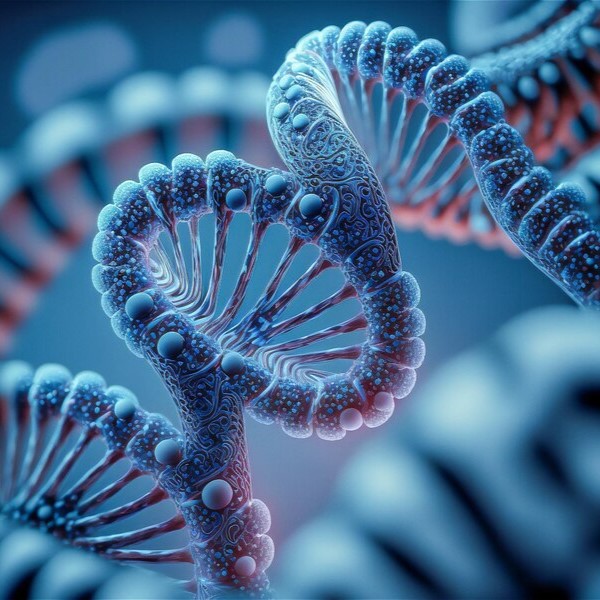
|
Artificial intelligence discovers new genesOur environment is full of organisms carrying genetic information, and analysing it is complicated. The discovery of new genes in microorganisms opens the door to a fascinating world of genetic diversity. A team of scientists, including Martin Pospíšek from The Department of Genetics and Microbiology at the Faculty of Science, Charles University, has been involved in developing an algorithm that helps us better understand the complex world around us. Published Jan 08, 2024 |
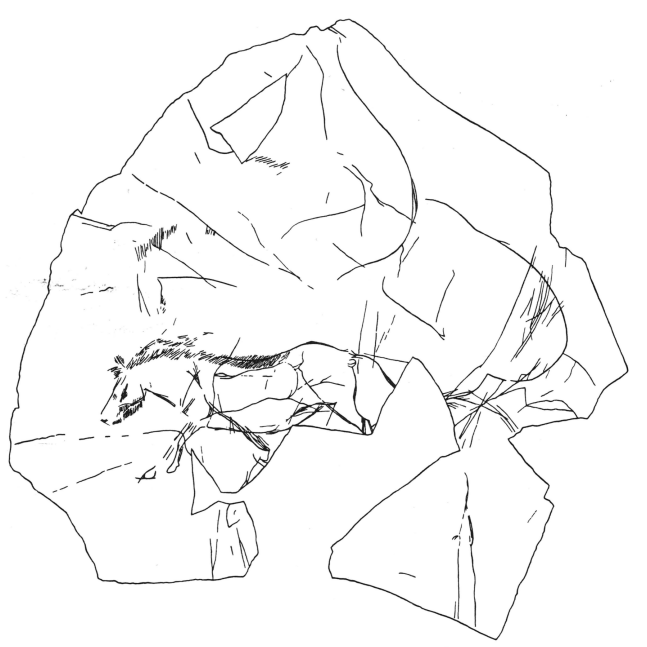
|
What can we learn from old collections?We are constantly discovering new insights into how human society functioned in the past. However, little is known about the Magdalenian period in the territory of the Czech Republic – sites of this culture are often represented by mere lithics and fragments of bones. Some new findings have brought Czech study in which also participated Eliška Zazvonilová from the Science Faculty, Charles University. Published Dec 26, 2023 |
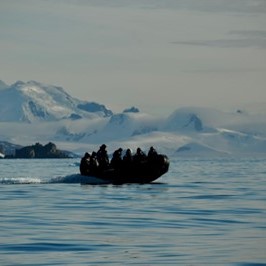
|
Detective story in AntarcticaWhat is the largest desert in the world? The correct answer to this trick question is Antarctica. However, this hostile and least inhabited continent used to be a green paradise for life. Many fossils of vertebrates and plants found there prove that these clades lived there. Unfortunately, because of the lack of Antarctic insect fossils, the story of this group on the frozen continent remains unknown. However, there is still a possibility that insects lived in Antarctica. Vít Sýkora from the Faculty of Science, Charles University studied what really happened. Published Dec 18, 2023 |
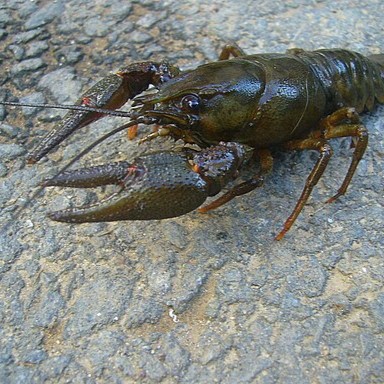
|
Hope for Turkish crayfish farmingHow many times have you heard that in former times the rivers used to be full of crayfish? And no matter how you look, you actually have never seen one? Even today there are places in the Czech Republic where there are plenty of crayfish, but unfortunately not just the same species as before. The original, noble crayfish (Astacus astacus) is now a critically endangered species. This is due, among other things, to introduced species of crayfish that are resistant to the crayfish plague they carry and also have a high reproductive and resistance potential. The issue of crayfish infection by crayfish plague was addressed in a recent study, which was co-authored by Adam Petrusek and his colleagues from the Faculty of Science of Charles University in Prague. Published Dec 12, 2023 |
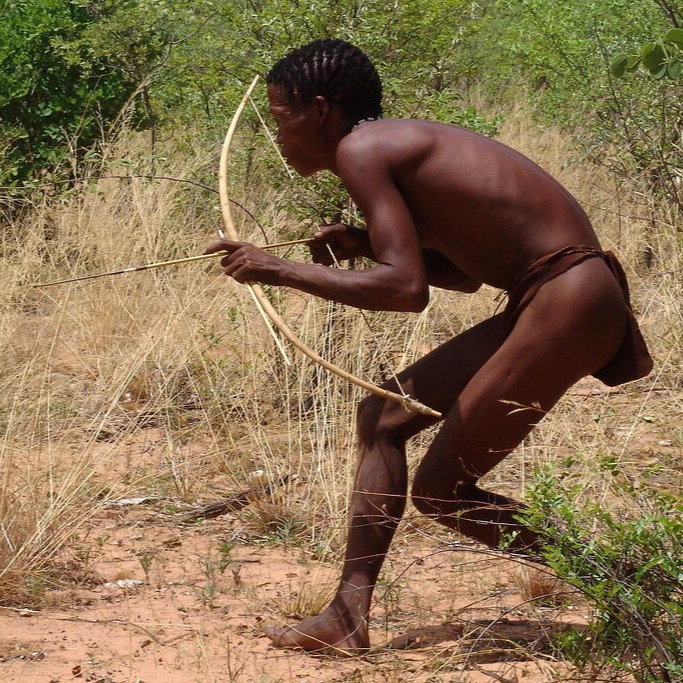
|
Height plays a roleWhen we attempt to minimize our visibility and noise, we often move with a particular gait, bending our knees and leaning forward. This method of movement, known as crouched walking, has been historically employed, for example, when escaping dangerous situations or approaching prey. The efficiency of movement played a significant role in the acquisition of bipedalism (the use of two legs for walking) by our human ancestors. Specifically, a person's stature, notably their height, plays a substantial role in determining the energy demands of motion. The details of the mechanisms of crouched walking were studied by scientists Martin Hora, Michal Struška, and Vladimír Sládek from the Bone Tissue Anthropology Lab at the Faculty of Science, Charles University. Published Dec 04, 2023 |

|
Please finish exiting and boarding, there is better air quality at the next stationTaking the metro is an everyday means of transport for many residents. It is the most time-efficient and environmentally friendly mode of transportation. But have you ever thought about the air quality there? Jan Bendl from the Institute for Environmental Studies at Charles University's Faculty of Science, in collaboration with scientists from Munich's Bundeswehr University, delved into the depths of the metro to measure the air quality there. Published Nov 28, 2023 |
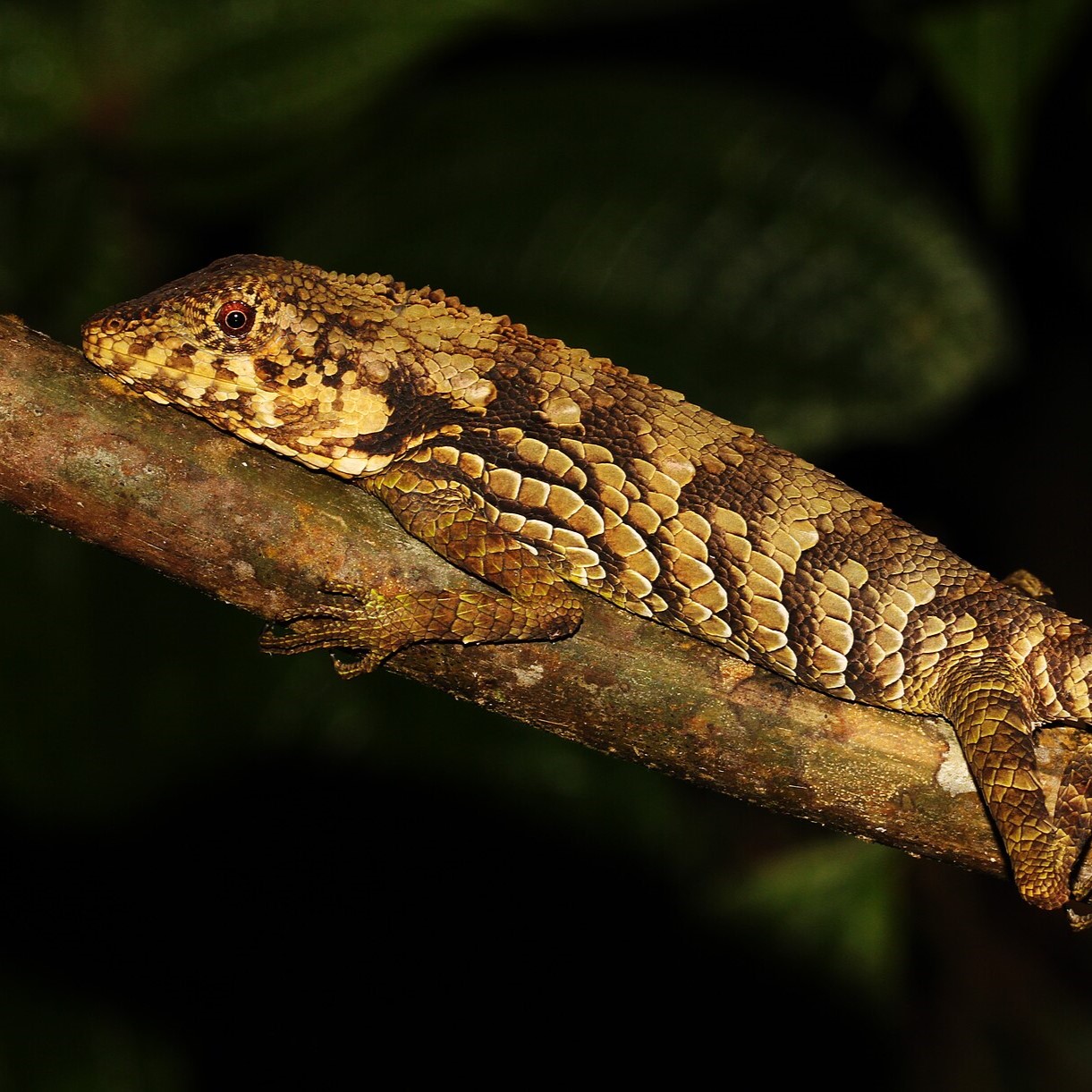
|
Creeping future of reptiles and amphibiansYou might have heard that most amphibians and all reptile native species are protected in the Czech Republic. This includes over 30 species but herpetofauna embraces approximately 20 000 species! Most of them are distributed in protected areas which are designed for the conservation of biodiversity and natural resources. Unfortunately, the impact of global warming on reptiles and amphibians hasn’t been thoroughly studied yet. This was changed by a team of researchers including Jiří Šmíd from the Faculty of Science, Charles University. Published Nov 10, 2023 |
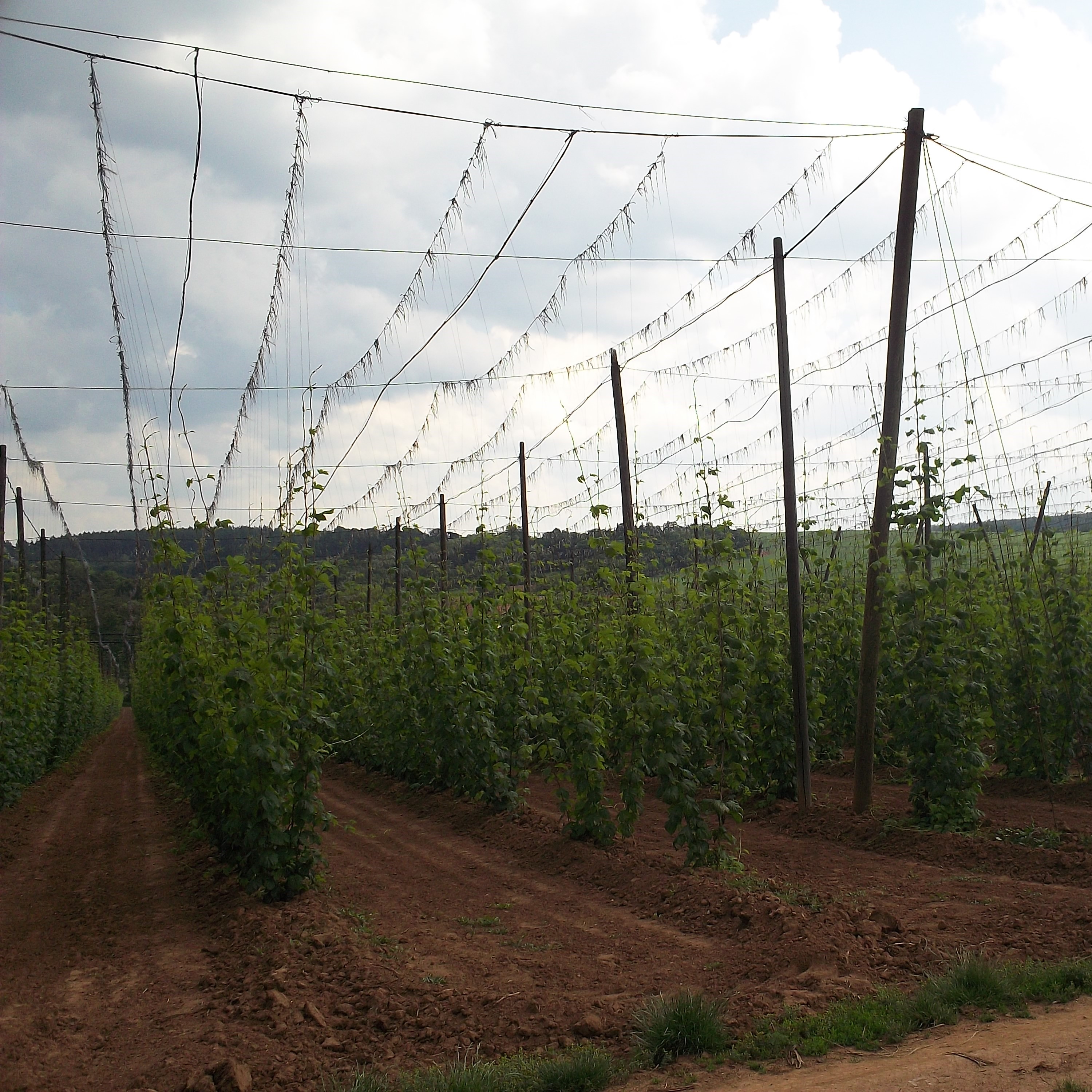
|
Does the golden drink have a bitter future?Hops are one of the main components of the beer, giving it its characteristic bitterness. However, climate change could seriously compromise the cultivation of hop and its quality. A team of experts led by Martin Možný from the Czech Hydrometeorological Institute and including Vojtěch Vlach from the Department of Physical Geography and Geoecology at the Faculty of Science, Charles University, has given a glimpse of the possible future of this golden beverage through a study published in the journal Nature Communications. Published Nov 10, 2023 |
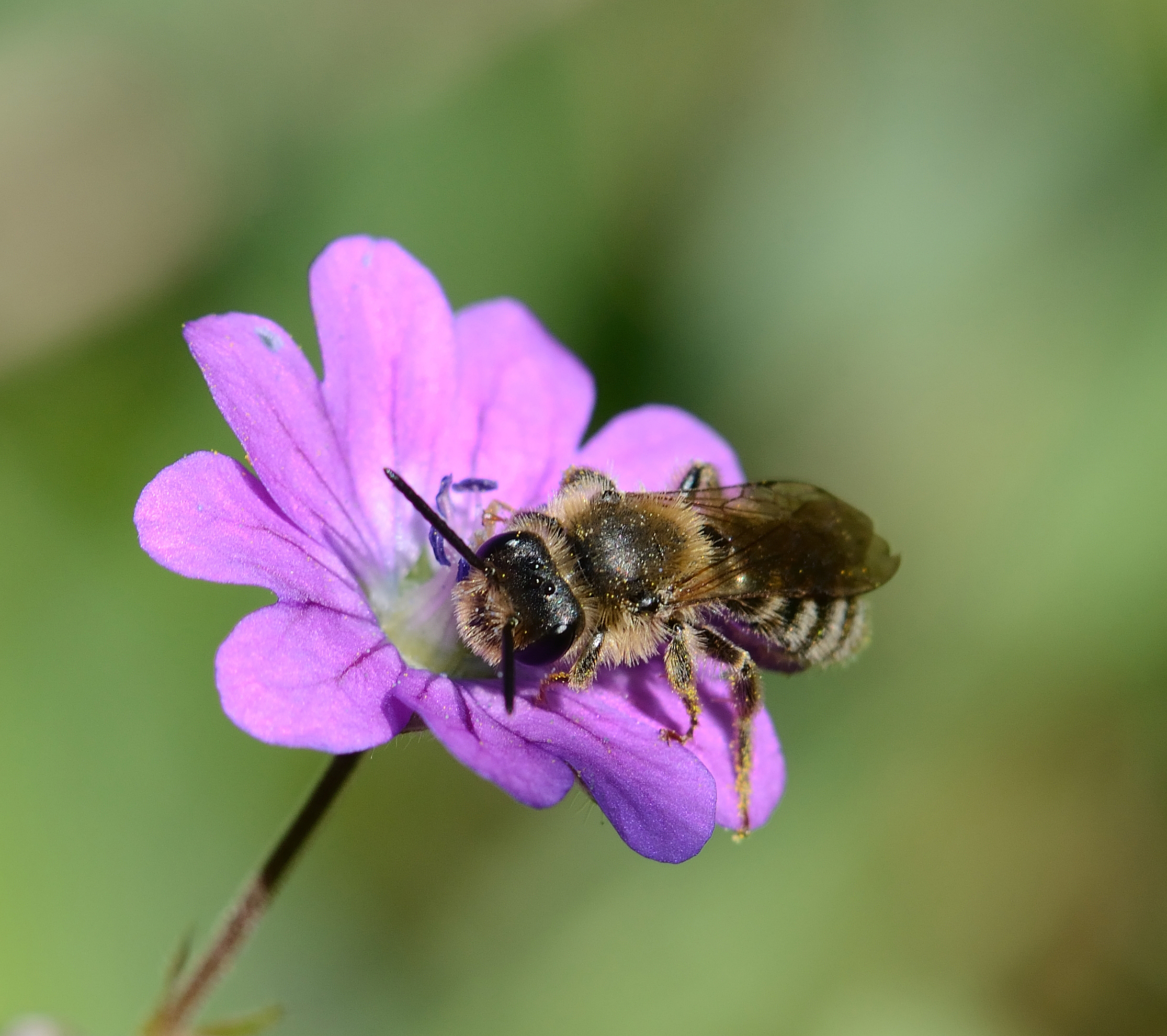
|
Diversified agriculture to support bee biodiversityBees are one of the most important and productive insect pollinators in our nature. They play a part in every aspect of the ecosystem, including humans and their agricultural production. It is therefore extremely important to study them. An international team led by Nicolas Vereecken and Nicolas Leclercq from the Université Libre de Bruxelles, including Daniel Benda and Jakub Straka from the Department of Zoology, Faculty of Science, Charles University, looked at several key questions. What is the biodiversity of bee species across the Earth and what are the major aspects influencing these insects? Published Nov 06, 2023 |
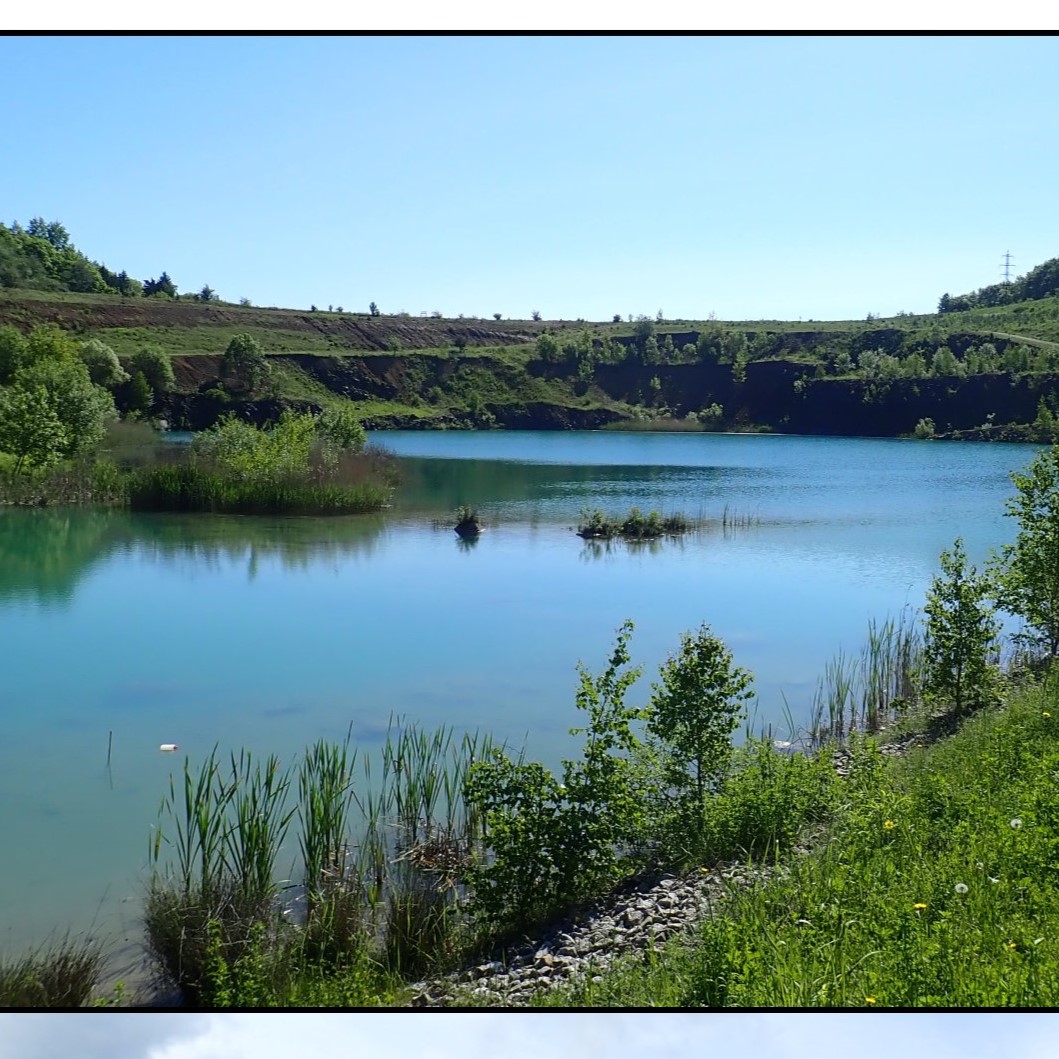
|
Cinderella in CzechiaTurning the light or heating on by simply pressing a power switch is so ordinary for us that we don’t think about where the electricity is coming from. Thermoelectric power plants, together with nuclear power plants, are the most prominent in the production of electricity in the Czech Republic. Fly ash, a solid waste from coal combustion in power plants, is collected and deposited in sedimentation lagoons. Anyone thinking that such habitat is incompatible with life would be wrong. Research teams led by Robert Tropek from the Faculty of Science, Charles University, together with Biology Centre (Czech Academy of Sciences), and David Boukal from the University of South Bohemia, studied biodiversity in these fly ash sedimentation lagoons. Their findings change the previous view on biodiversity protection. Published Oct 22, 2023 |

|
How is facial asymmetry related to gender and age?No one is perfect, we all have at least a slightly asymmetrical face. Asymmetry arises during development and changes with age. We are most sensitive to asymmetry in the eye area because it's the first place people usually look. In the rest of the face, other asymmetrical places help us for example when assessing the attractiveness or health of an individual. How does facial symmetry change over the course of a lifetime? Is there a difference in facial asymmetry between the sexes? Katarína Harnádková from the Laboratory of 3D Imaging and Analytical Methods at the Faculty of Science, Charles University sought to answer these questions. Published Oct 12, 2023 |